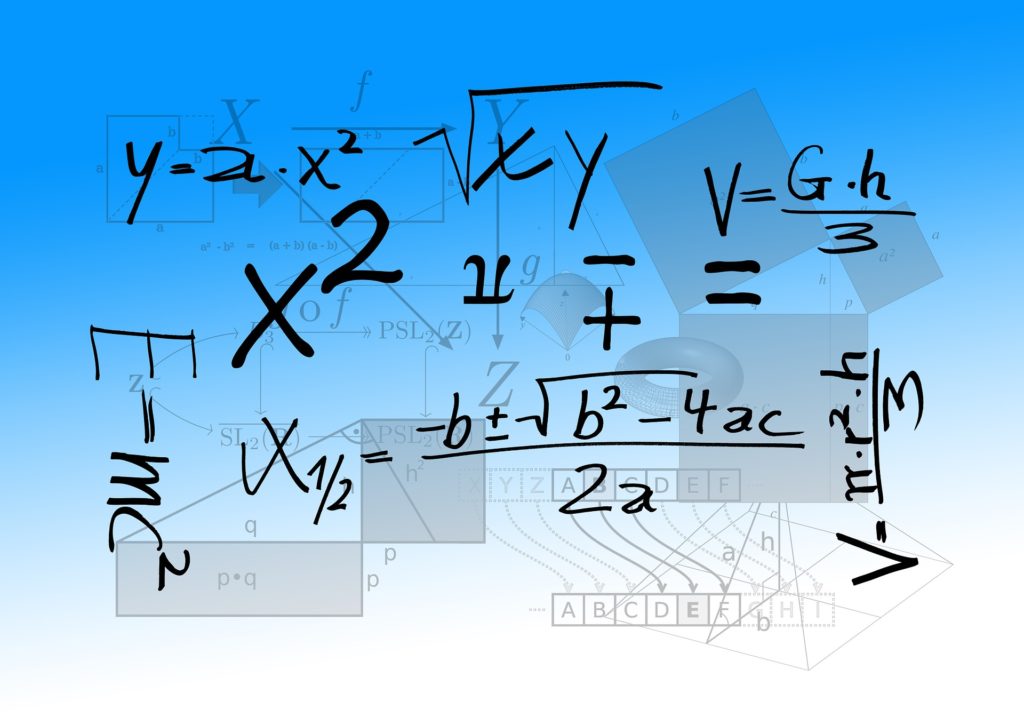What is a common denominator of a rocket propelled spacecraft, gas line explosion prevention and lighting a candle? They each depend on physics to make them work.
Physics drive common practices that we interact with daily, but we often don’t take the time to think about how they work.
Defining physics can seem daunting, but a member the Nobel Committee for Physics explains it simply. “Physics is considered to be the most basic of the natural sciences,” said Erik Karlsson, former committee member and physics professor, in a book detailing the Nobel Prize history. “It deals with the fundamental constituents of matter and their interactions as well as the nature of atoms and the build-up of molecules and condensed matter. It tries to give unified descriptions of the behavior of matter as well as of radiation, covering as many types of phenomena as possible.”

Astronauts and scientists use physics to drive their job processes, but an understanding of the concept will show us more common uses.
Whether we recognize it or not, physics play a major role in our everyday lives.
Students who hear the word “physics” could associate the topic with long equations, exhausting lectures and using Google to understand what their professor means. This can come from ignorance to the subject or an unwillingness to learn.
To those individuals, Weber State University’s president offers a benefit of being willing to learn something new.
“Over the years, I’ve been to many seminars and the only thing that I have asked of each and every one is that I learn one new thing,” said WSU President Chuck Wight. “If I can educate people and have them learn one new thing they didn’t know before, that’s a win.”
Wight presented his findings on physics’ destructive possibilities in a lecture entitled “Flames, Explosives and Explosions” on Oct. 18 to a group of students, teachers and science enthusiasts.
During the speech, Wight suggested that something as simple as a candle can demonstrate physics concepts.
“A candle is full of physics,” Wight said. “There’s combustion, heat transfer, capillary action that draws the liquid wax up the wick and, in close proximity to a flame, causes that wax to boil. You have mixing, convection, oxygen from the air comes in from the bottom of the candle and goes to the top of the candle.”
Wight further used the example of a candle to talk about common misunderstandings in physics.
“When you blow a candle out, you see this whisp thing which people will commonly think is smoke,” Wight said. “If you look closely, you’ll notice that it isn’t smoke. It’s actually condensed wax that becomes the wax equivalent of steam from the boiling wick.”
Misconceptions about how things work is what can lead to a misunderstanding of physics’ importance.
Other physics concepts can be displayed on a large scale to expand our knowledge.
Along Jupiter’s gravitational belt is a large group of asteroids known as Trojans. A NASA team is currently working on the mission Lucy to investigate Trojans with the help of different physics concepts.
“Lucy is the first mission to ever explore the Trojan asteroids of Jupiter,” said Katie Cardon, Lucy program mechanical configuration lead. “There are really special places around planets called ‘lagrange points.’ At these locations, the force of the sun pulls one way and the gravity of the planet pulls in the other. Whatever is placed in that point stays there by the balance of the pulling. It’s like equally strong teams pulling on a tug-of-war, the middle of the rope goes nowhere.”
The Lucy mission, like previous NASA efforts, took years of research to finalize. Due to its unexplored nature, Physics were a vital role in planning Lucy.
“During the formation of our solar system a bunch of stuff got stuck in Jupiter’s lagrange points, pulled on equally by the force of the sun and the force of Jupiter itself,” Cardon said. “All of that stuff is pretty much a time capsule that we can use to get a glimpse of what things were like when our solar system formed.”
In space travel, physics are used in designing the craft, getting it off the ground, staying in space and returning safely.
Not every student will have the opportunity to work on spacecraft. However, learning about fires, space travel and other ways that physics concepts are used can teach principles usable for any career path.
“For me, being a part of a great team of people working on a project to expand mankind’s understanding of the universe around us is everything,” Cardon said. “I also like to think that by just being who I am, I’m reminding young women that this type of career is a serious possibly for their lives. I think it’s very hard to envision options for ourselves without having seen some kind of example.”














